Tours featuring this attraction
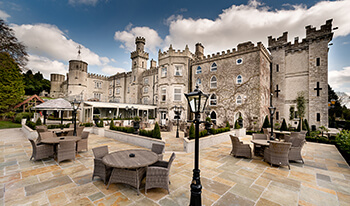
8 Night Irish Castles and Manors Silver Tour
(8 Nights)

8 Night Irish Castles and Manors Gold Tour
(8 Nights)

8 Night Irish Castles and Manors Platinum Tour
(8 Nights)
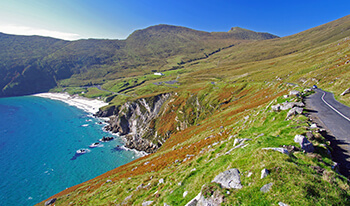
Best of Ireland Tour (14 Night)
(14 Nights)
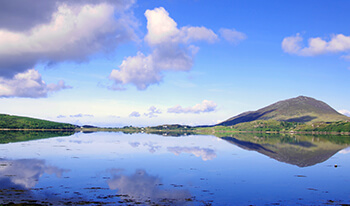
Best of Ireland Tour (12 Night)
(12 Nights)
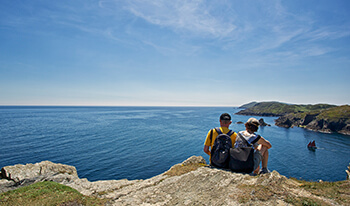
Best of Ireland Tour (10 Night)
(10 Nights)
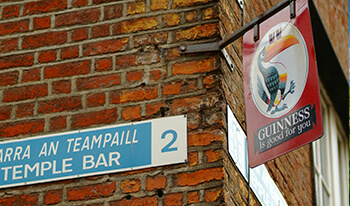
Irish Pub & Folk Tour (12 Night)
(12 Nights)
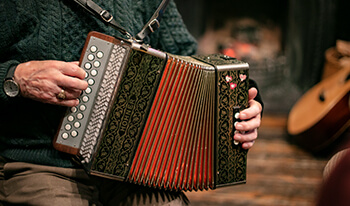
Irish Pubs & Folklore 10 Nights
(10 Nights)

Irish Pub & Folk Tour (14 Night)
(14 Nights)
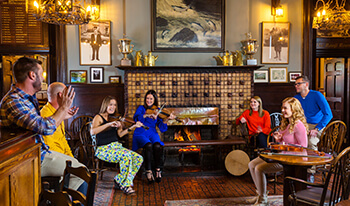
Irish Pub & Folk Tour (8 Night)
(8 Nights)
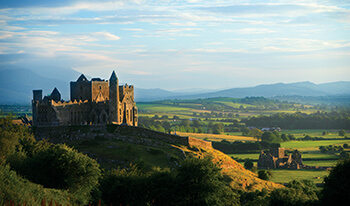
Best of Ireland Self Drive Tour & the Rock of Cashel (7 Night)
(7 Nights)

Irish Romance with luxury Irish Castle Stay 6 Night Tour
(6 Nights)
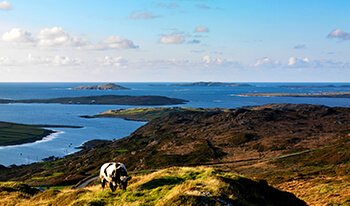
Irish Romance with luxury Irish Castle Stay 14 Night Tour
(14 Nights)
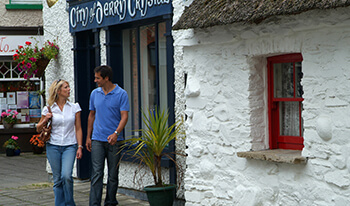
Romantic Ireland with Castle Stay - 7 Nights
(7 Nights)
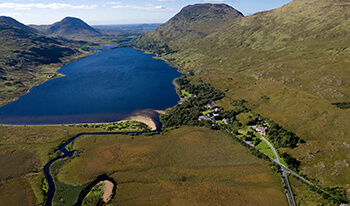
Irish Romance with luxury Irish Castle Stay 8 Night Tour
(8 Nights)

Irish Romance with luxury Irish Castle Stay 12 Night Tour
(12 Nights)
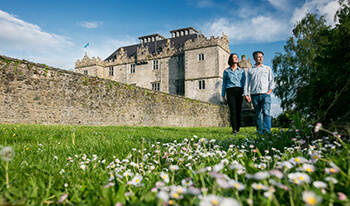
Irish Romance with luxury Irish Castle Stay 10 Night Tour
(10 Nights)
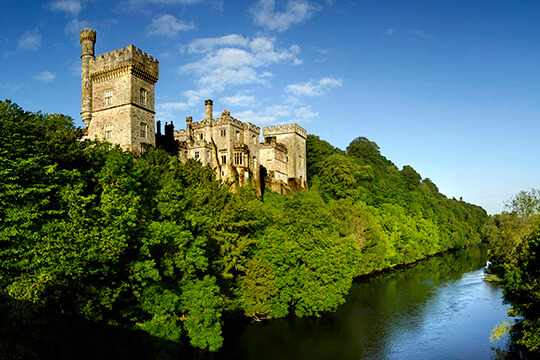
Five Star Deluxe Ireland Honeymoon 12 Night Tour
(12 Nights)
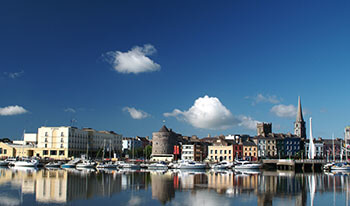
Five Star Deluxe Ireland Honeymoon 14 Night Tour
(14 Nights)

Irish Romance 10 Night Tour
(10 Nights)
